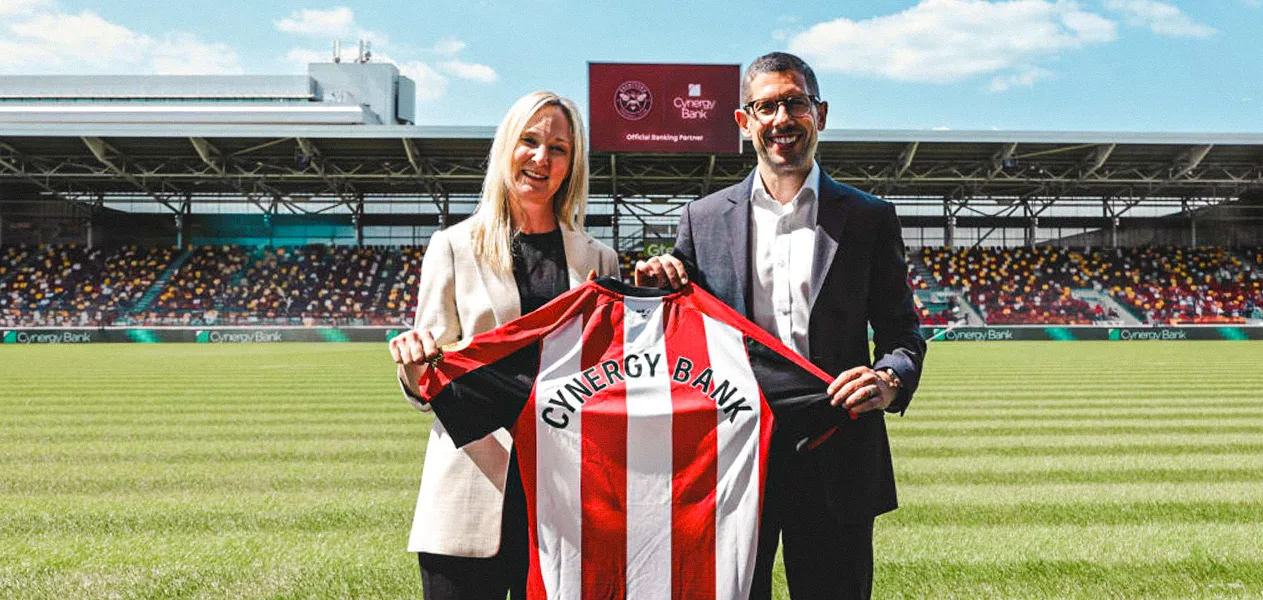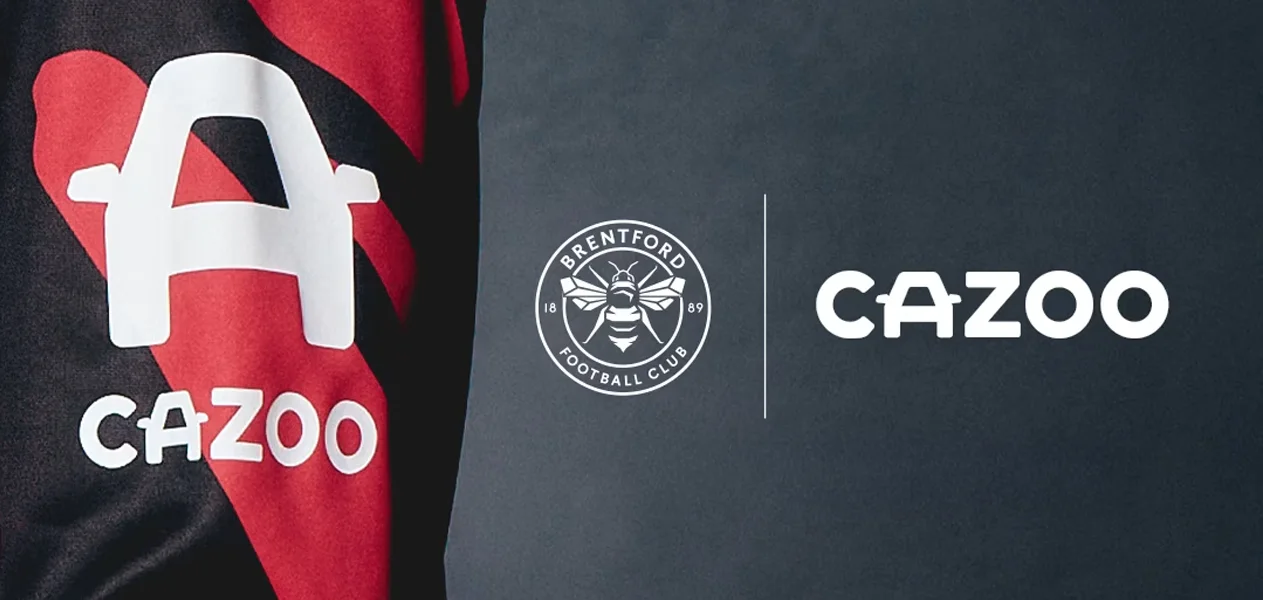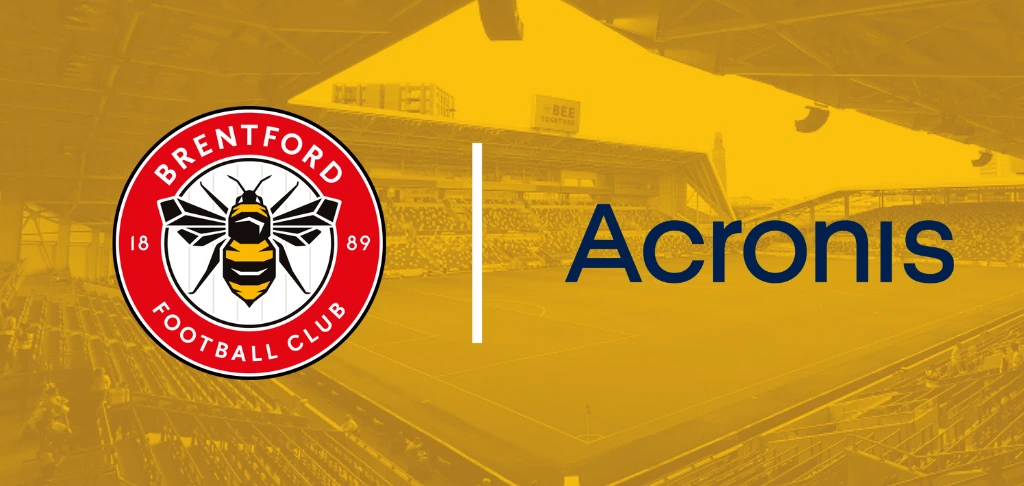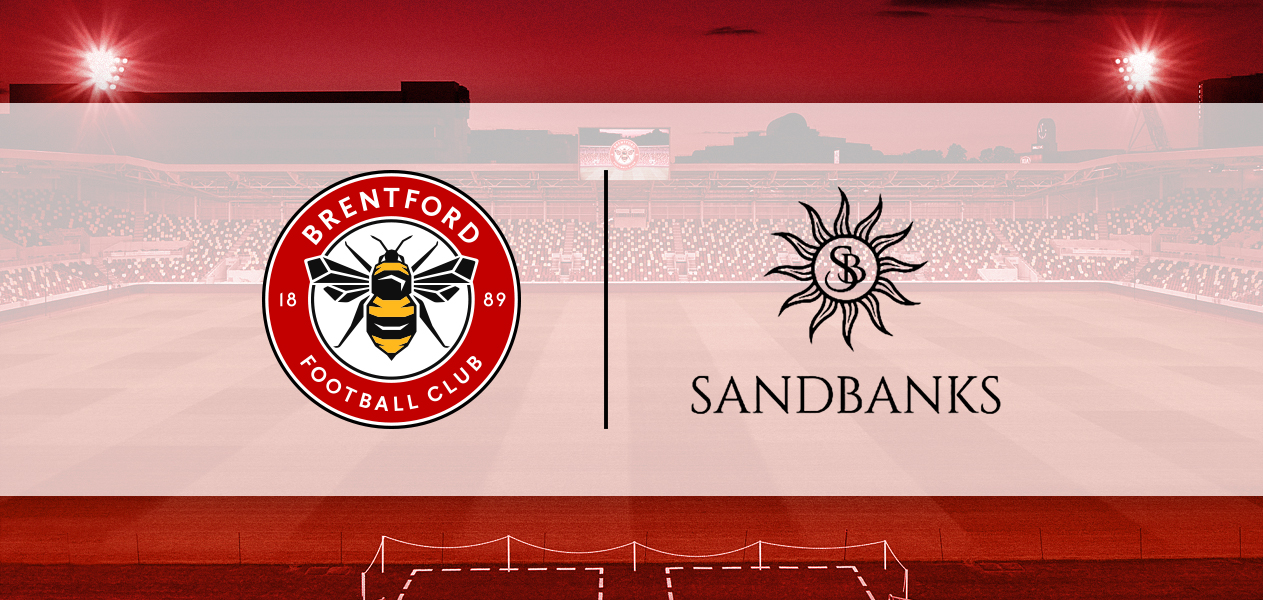Brentford Football Club have announced a partnership with Sandbanks, a sustainability-focused luxury fashion brand.
Latest Brentford News and Highlights
Main News

Brentford FC extend partnership with PensionBee
Brentford Football Club have announced an extension of their partnership with PensionBee, which will remain the club's Official Pensions Partner and also become the matchday shirt sleeve sponsor for their...

Jordan Henderson is joining the Bees — but whom will the move sting?
Jordan Henderson is back in the Premier League, having joined Brentford. But is this the right move for both player and club?

Brentford Extends Hollywoodbets Deal
English football club Brentford have announced a partnership extension with their Principal Partner, Hollywoodbets. The sports betting firm will continue as the club's Front-of-Shirt Partner for the upcoming 2025/26 season,...

Brentford FC join forces with Cynergy Bank
Brentford Football Club have roped in London-based Cynergy Bank as their Official Banking Partner on a four-year deal.
Latest News

Brentford FC find new partner in Indeed
Brentford FC have roped in US global employment platform Indeed as their Official Training Wear Partner and Official Recruitment Partner.

Brentford FC find new sleeve sponsor in Cazoo
Brentford Football Club have announced London-based used car retailer Cazoo as their Official Sleeve Partner.

Brentford FC partner with Joma
Brentford FC have roped in Spanish apparel and shoes brand Joma Sport as their Official Kit Partner on a multi-year deal.

Brentford FC and Bazooka Candy Brands join forces
Brentford Football Club have announced a partnership with Bazooka Candy Brands, which comes on board as their Official Candy Partner. The agreement will see the confectionery brand work with the...

Brentford FC partner with Acronis
Brentford Football Club have roped in cybersecurity and data protection firm Acronis as their Official Cybersecurity Partner.



